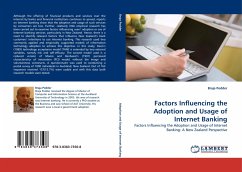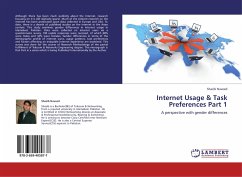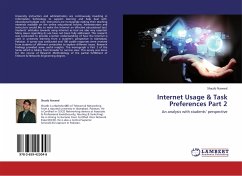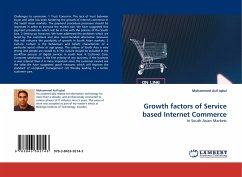
Factors Influencing the Adoption and Usage of Internet Banking
Factors Influencing the Adoption and Usage of Internet Banking: A New Zealand Perspective
Versandkostenfrei!
Versandfertig in 6-10 Tagen
52,99 €
inkl. MwSt.

PAYBACK Punkte
26 °P sammeln!
Although the offering of financial products and services over the Internet by banks and financial institutions continues to spread, reports on Internet banking show that the adoption and usage of such services by consumers are low. Further, relatively little empirical research has been carried out to examine factors influencing users adoption or use of Internet banking services, particularly in New Zealand. Hence, there is a need to identify relevant factors that influence New Zealand s bank customers intentions to use Internet banking. This research used two commonly applied and empirically s...
Although the offering of financial products and services over the Internet by banks and financial institutions continues to spread, reports on Internet banking show that the adoption and usage of such services by consumers are low. Further, relatively little empirical research has been carried out to examine factors influencing users adoption or use of Internet banking services, particularly in New Zealand. Hence, there is a need to identify relevant factors that influence New Zealand s bank customers intentions to use Internet banking. This research used two commonly applied and empirically supported models of information technology adoption to achieve this objective. In this study, Davis s (1989) technology acceptance model (TAM) is extended by two external variables, namely risk and self-efficacy. The second model used is a reduced version of Moore and Benbasat s (1991) perceived characteristics of innovation (PCI) model, without the image and voluntariness constructs. A questionnaire was used to conducting a postal survey of 1000 individuals in Auckland, New Zealand. Out of 163 responses received 157(15.7%) were usable and with this data both research models were tested.












